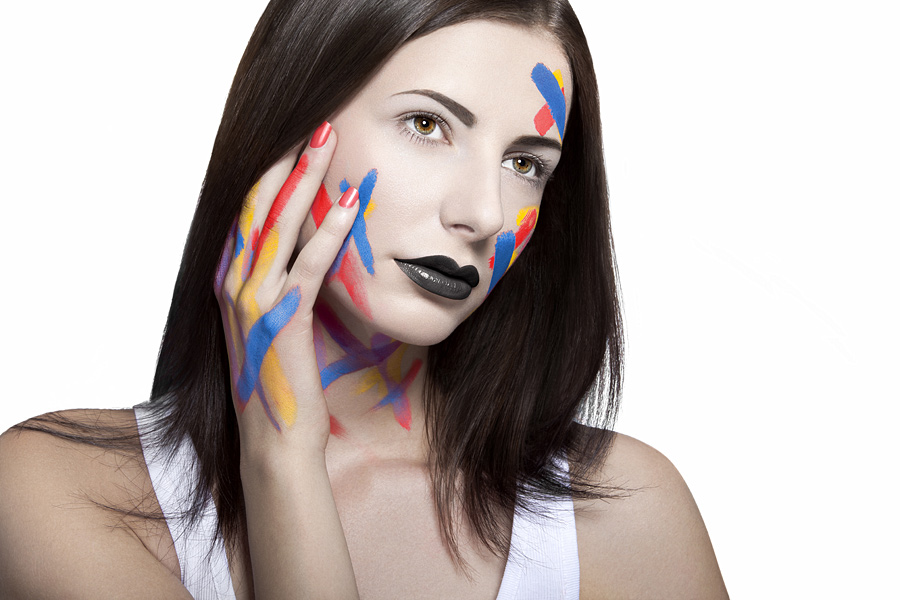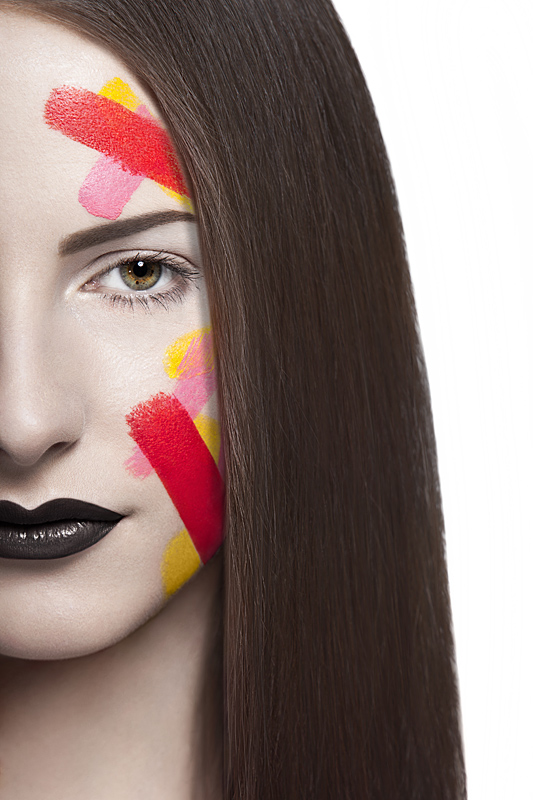Analyze this 3 !
21. September 2013
This is last of “Analyze this” articles for now. It would seal the circle. We talked about composition, light, mechanics, anatomy and now we will talk about another essential part of the image – colors and tonality, which are same important as any other aspects of image.
Colors can bring any needed mood to image. What specific color evokes in you? Warm yellow and green is great for fresh images, warm orange reminds of summer sunset, cold blueish tones are superb for “alone in the dark” type of images or for winter like scenes, red is color of blood, purple for hate… Wheter you are trying to say something, it´s great to use colors as an instrument that would help you reach desired outcome.
There are various instruments to change colors in photoshop. You can use selective color, channel mixer, color balance, gradient maps, as well as working in various color spaces like LAB or CMYK are. I personaly like sticking to real colors with some decent twist somewhere else, I am not much friend of mad colors but I like to put existing colors into contrast. Sometimes it works, sometimes it does not. That´s like with everything.
My personal tip to everyone who likes to add some new dimension to own images, try gradient maps blended in various blending modes, like overlay, soft light, etc.
Tonality
What is tonality? Basicaly nothing more than range of light/dark tones in the image. By a first look you can say if image is light or dark, if shadows are too dark or not dark enough, if there is too much white or too big dynamic range.
Cameras have built-in exposure meter that helps you to determine right exposure. But what is the right exposure? What camera says? Not exactly. Besides the fact it simply counts an average image and judge exposure by amount of lights and shadows falling trough lens, there are no constant light conditions around us. The difference between night and day is super-obvious. Camera does not know if we are shooting day or night scene, or black object on a white background. Camera does not make differences between these scenes. So it´s you who decides what exposure is right. You can shoot model in a backlight and overexpose image to get light high key images. Snow is good example, if you shoot it in AUTO mode, camera thinks the white is gray and underexpose whole scene. Also if you shoot dark object on a dark background, camera also thinks the dark color is gray and overexpose the scene. You gotta think what result you want to reach and then expose by it. I want to encourage you to experiment, there is no wise man falling from the sky, you gotta practice and make an own opinion.
There is another side of tonality. Photoshop/editor thing. You can adjust tonality so many ways – local way, global… there is such a great power between using masks and blending modes. Use it if it have a sense and helps the image. Bad edits are often based on using a good technique way too much. Don´t worry if it does not work on the first time, it simply needs a time.
Another personal tip – If image is too light, you can adjust it with using copy of whole image, multiply it and if shadows are too dark, simply load suitable chanel and insert it into a mask, then invert and you get perfect “luminosity mask”.
Lucie Kout









Comments: 0
RSS feed for comments on this post